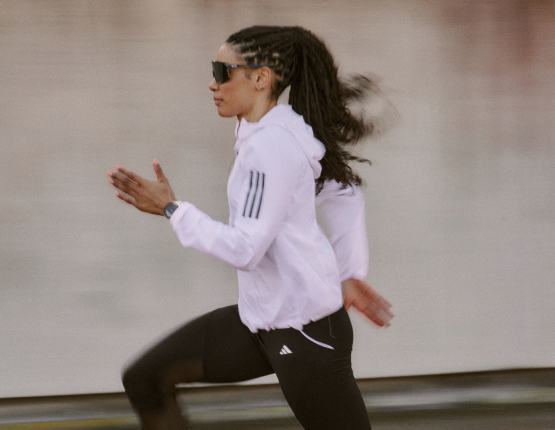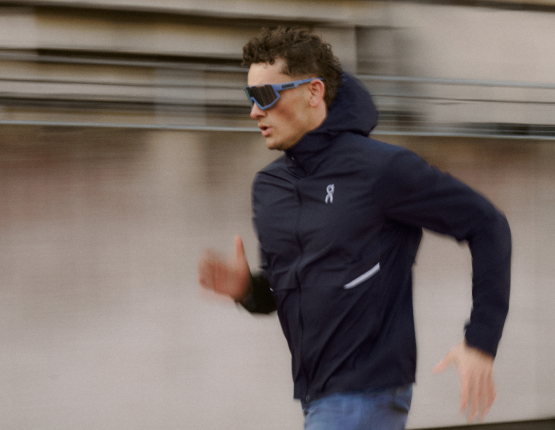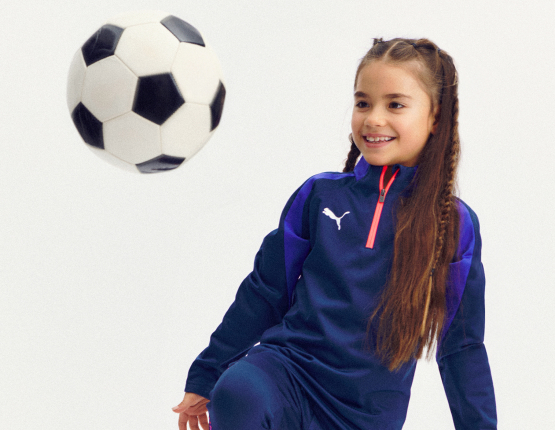 Sport for Women
Sport for Women Sport for Men
Sport for Men Sport for Kids
Sport for KidsCategories
Categories
- View all
- LEGO toys
- Toy Cars & Vehicles
- Drawing & Crafts
- Dolls & Accessories
- Baby toys
- Playsets & Action figures
- Costumes & Accessories
- Games
- Fidget Toys
- Puzzles
- Soft toys
- Toy kitchen & accessories
- Kidult & Fan Zone
- Bath toys & Water toys
- Kids books
- Trading cards
- Children's birthday
- Role play for kids
- Outdoor play
- Interactive animals & Robots
- Electronic & media
- Building sets & Blocks
- Musical instruments
- Motor skills toys
- Rocking toys
- Kids favourites
Shop by price
Categories
Shop by size
Collections
Categories
Shop by size
Collections
Categories
Shop by size
Collections
Categories
Collections
Top brands
Categories
Collections
Top brands
Guides
Made With Care


















































